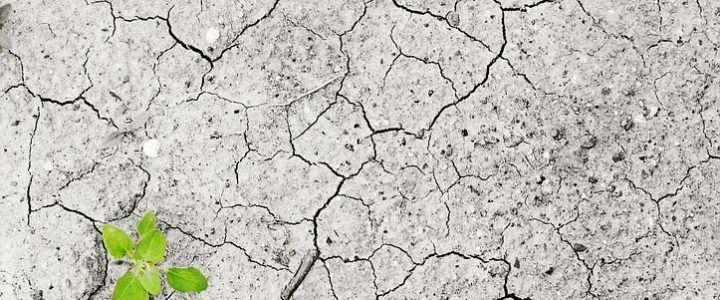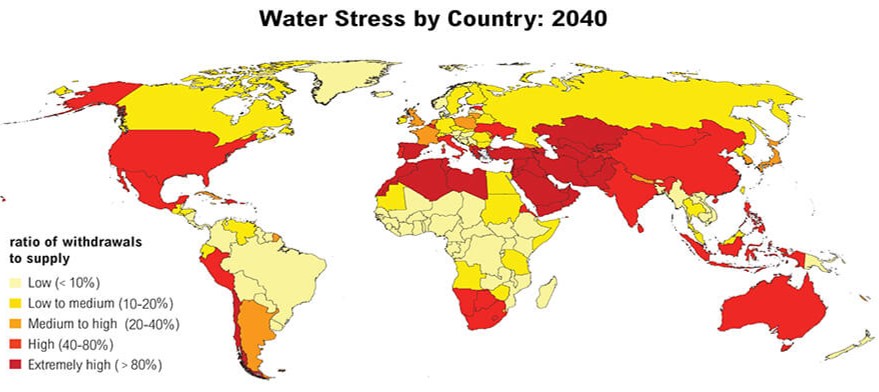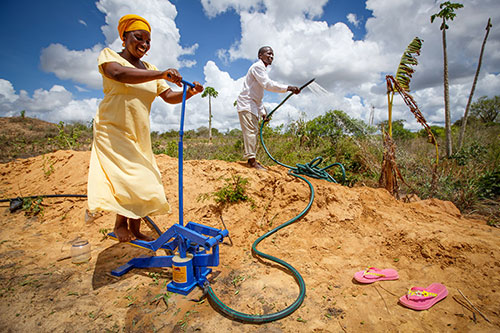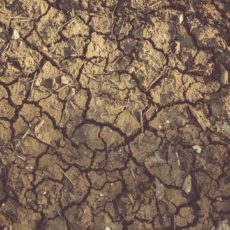
The trend of freshwater use worldwide over the last 100 years is one of exponential growth. It is a trend that is troubling because water is a finite resource that will only become scarcer as more of it is used. Such a contrast is the reason that awareness about water scarcity has become impossible to avoid. Environmental factors such as drought and saltwater intrusion are generally thought of first in regard to water scarcity, but the infrastructure and institutions tasked with delivering water to people can also cause water scarcity. Furthermore, climate change will only cause added stress to water resources, as more frequent and longer lasting droughts can be expected with rising global temperatures.
Each year 4 billion people experience extreme water scarcity for at least one month. Each continent is affected by water scarcity, with the majority of the scarcity occurring in the Middle East, Northern Africa and South Asia. Qatar is considered one of the most water scarce countries and relies on desalination plants that turn seawater into drinking water. In the city of Chennai, India, whose population is over 7 million, water scarcity due to low rainfall and poor resource management caused some of the city’s reservoirs to dry up, giving rise to protests and violence among neighbors over the precious resource.

Across the world, water use restrictions are being implemented. Local governments often issue ordinances that restrict residential outdoor water use during the water-stressed months of the year. During the height of California’s drought in 2015, their Governor ordered a mandatory 25% reduction of water use in cities. Some cities offer financial incentives for installing water saving plumbing fixtures such as showerheads, faucets and toilets that are designed to conserve water. While residential water use does account for a significant amount of freshwater use globally, studies show that the agricultural and industrial sectors use more. Agricultural water use has been estimated to account for roughly 70% of global freshwater use. It’s important to note that the regions of the world that are most acutely experiencing water scarcity have the highest percentages of water used for agriculture. In South Asia, 91% of freshwater is used for agriculture. in the Middle East and Northern Africa, agriculture represents 85% of freshwater use. Implementing restrictions in agricultural water use can be a sensitive issue because of the potential food scarcity and economic implications. As a result, the approaches to lessen agricultural water use tend to be reactive in nature.

Water is earth’s most valuable resource and dire consequences result in its absence. Some of the major impacts of water scarcity are global conflict, economic fallout and shortages of food, clean water and energy. Clean drinking water is a delicate resource, so when it becomes scarce, people who are already marginalized experience even more stress. It is often the case that the major impacts of water scarcity are not experienced separately and one can imagine how shortages of food, clean water and energy can cause conflicts and economic turmoil.
Like humans, many other species worldwide will be impacted by water scarcity. The impacts are felt in many different ecosystems and wetlands are among the most vulnerable. Wetlands tend to be one of the most biodiverse ecosystems in the world, providing habitat for an array of plants and animals. Other diverse ecosystems that are vulnerable to water scarcity include the Gulf of California, the Eastern Himalayan Mountains and the Arctic.

Lack of access to water is an issue that has been exacerbated by the COVID-19 pandemic. The precautions of washing one’s hands and maintaining proper hygiene are based on the assumption that water is readily available to be accessed for those purposes, but 2.5 billion people worldwide do not have access to the proper sanitation needed to guard oneself against the virus.
It’s hard to think about solutions to an issue as daunting as global water scarcity without feeling overwhelmed or confused. It is important however, to scale solutions properly to what they intend to solve. Spending 1% of the world’s GDP may be enough to ensure that all people have safe and reliable access to water. Though 1% of the world’s GDP equals out to slightly less than $1 trillion, it’s a number that seems trivial given the context.



